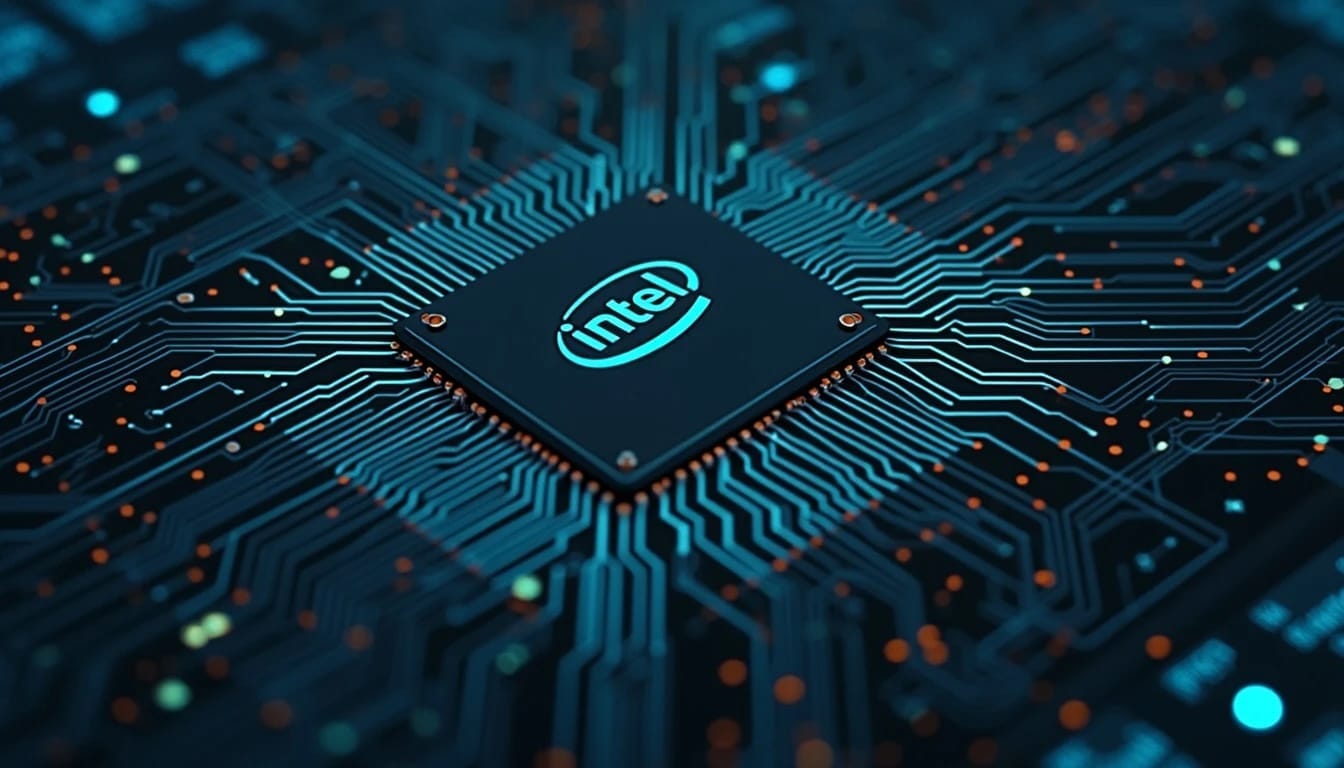The profitability crisis and technological leadership that has plagued Intel for several years is once again manifesting in the form of a major workforce adjustment. According to analyst C.J. Muse, the company is set to lay off 21,000 workers this week, which amounts to approximately 20% of its current workforce.
This move comes under the mandate of new CEO Lip-Bu Tan, who took over following Pat Gelsinger‘s departure, with the promise to make “difficult but necessary decisions” to ensure the long-term viability of the company.
The largest restructuring since 2023
This is not the first time Intel has implemented aggressive cutback policies. In 2023, the company eliminated around 15,000 jobs as part of a global restructuring plan. In 2024, it executed another cut of similar proportions, leaving another 15,000 employees out of the company, according to data confirmed in its annual report.
If this new round of layoffs in 2025 is confirmed, the total number of job losses would exceed 50,000 employees in three years, consolidating one of the largest workforce reductions in the history of the semiconductor industry.
A shrinking workforce
At the end of 2022, Intel had 131,000 employees globally. Following the adjustments of 2023 and 2024, the number dropped to around 109,000. If the projected 21,000 layoffs occur in the coming days, the company would fall below 90,000 employees, a level not seen since the early 2010s.
The decision arrives at a time when Intel continues to face financial pressures, declining margins, and a clear loss of competitiveness against rivals such as AMD, NVIDIA, and TSMC. Its inability to successfully execute the most advanced manufacturing nodes and its delays in key technologies like artificial intelligence have weakened its historically strong leadership position.
Market reaction
Rumors of mass layoffs have generated unease but also expectations among shareholders. After registering a brief uptick earlier in the year, Intel’s stock has fallen to below $20 per share, its lowest level since 2011. Some analysts believe the cut could be seen as a signal that Lip-Bu Tan is willing to make radical decisions to regain control of the situation.
A strategic change or a sign of structural weakness?
The debate is open. Is this a necessary restructuring to adapt the company to a new technological cycle, or simply a desperate attempt to halt the decline?
On one hand, the new CEO aims to return Intel to a path of efficiency by cutting costs and focusing resources on key areas such as its foundries, data center chips, and its ability to compete in AI. On the other hand, the ongoing cuts demonstrate that Intel has yet to find a clear strategy to reconnect with the technological leadership it held for decades.
Conclusion
Intel, once synonymous with innovation and performance in processors, now seems trapped in a cycle of successive cuts. If these 21,000 layoffs are confirmed, the company will achieve a new negative record, having lost almost 40% of its workforce in just three years.
The key question is no longer how many more employees Intel can lay off, but whether these measures will be sufficient to reactivate a company that for years was the heart of global computing.

